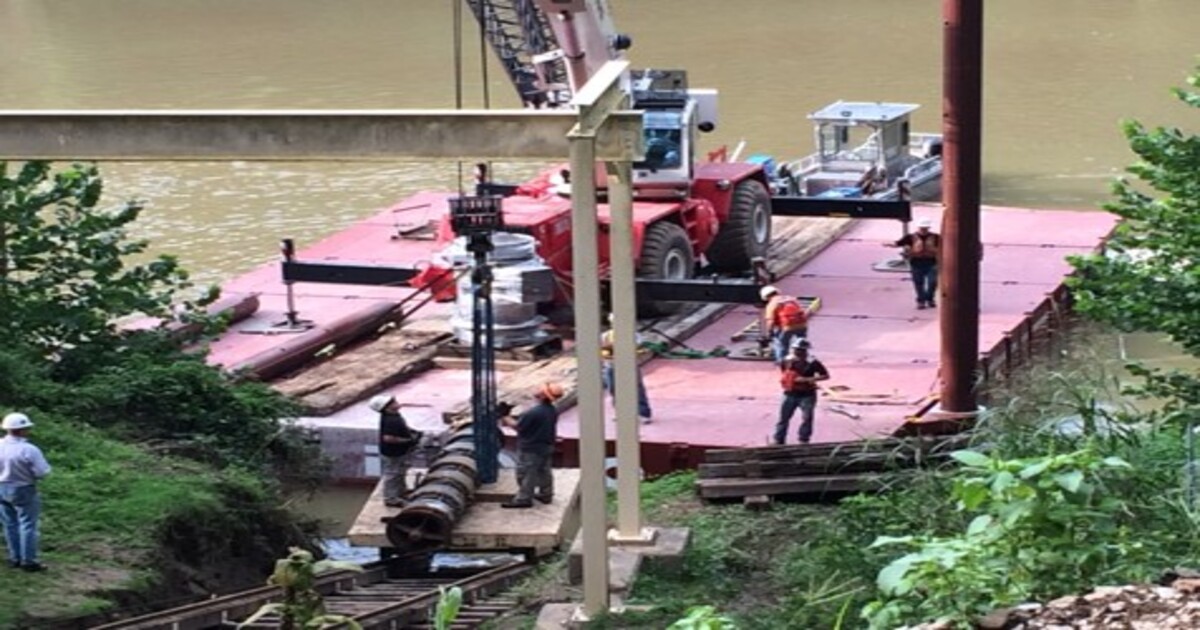Where There’s a Barge, There’s a Way – A Case Study on Servicing Isolated Water Treatment Pumps - HECO
January 11, 2023
A large municipal water treatment plant can pump up to 72 million gallons of water per day from the Kentucky River. In proper operating conditions, six identical motors and vertical turbine pumps each contribute 12 million gallons of water to the company’s water treatment operation.
When one of the pumps at the large municipal water treatment plant began to experience vibration issues causing its output to drop to approximately 6 million gallons a day, the water company contacted HECO for repair and replacement.
Utilizing a barge, cranes, multiple boats, divers, and a six-person onsite team, HECO restored the water treatment operation to full capacity in just 30 days.
The Situation
HECO originally installed the water company’s pump system in the 1980s. This included 1,250 HP GE Medium Voltage motors operating at 1,200 RPM, weighing in at approximately 9,800 pounds. The pumps weigh approximately 12,000 pounds.
Our onsite team quickly determined that the motor needed cleaning and new bearings and began making the logistical arrangements needed to swap out and repair the inefficient pump assembly.
Access to the pump house required traversing 337 steps down to the riverbank, using an incline car, or accessing the site by water.
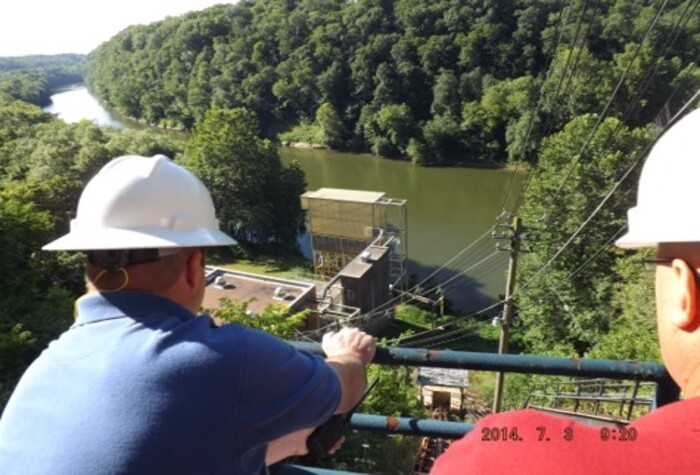
Using a barge and a privately rented docking site, HECO floated the replacement pump three miles downriver and began disassembling the existing unit.
Commercial divers were also hired to remove anti-vortex devices bolted between the bottom of the pump and an underwater caisson. A wall dividing the components allowed the company to utilize pumps into two sets, enabling three of the pumps to remain in operation during the repair work and water levels to be adjusted for safe diver access.
An overhead crane installed in the pump house helped lift the bowl assembly, suction bell, and 10-foot sections of pipe columns indoors while a crane stationed on the barge assisted with loading and unloading.
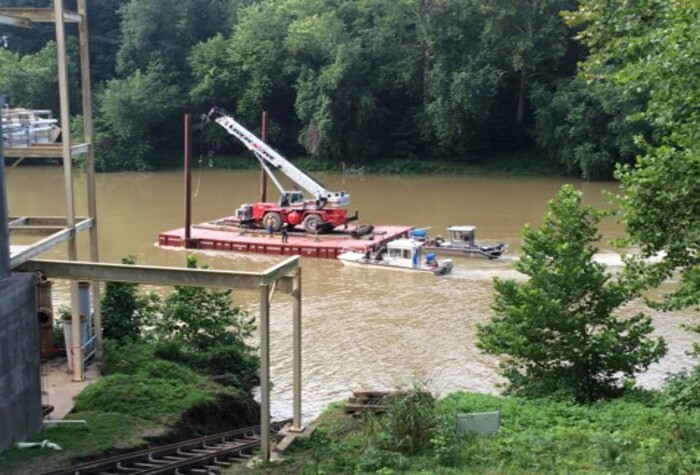
In this case, the bowls, impellers, and shaft of the pump were not dismantled for onsite repair since the motor was also pulled for offsite service.
A spare pump was stored onsite, in pieces to protect its bearings, and then assembled to replace the pump needing repair. This is the best way to keep the weight of the shaft from laying on the rubber bearings during long-term storage.
The Solution
Once in the HECO shop, the old pump was dismantled and inspected to determine the source of the high vibration issues.
Upon inspection after the pump was disassembled, it was noted that the pump bearings showed signs of accelerated wear. One of the wear rings had also cracked, and small amounts of dirt and debris were carried in with incoming water.
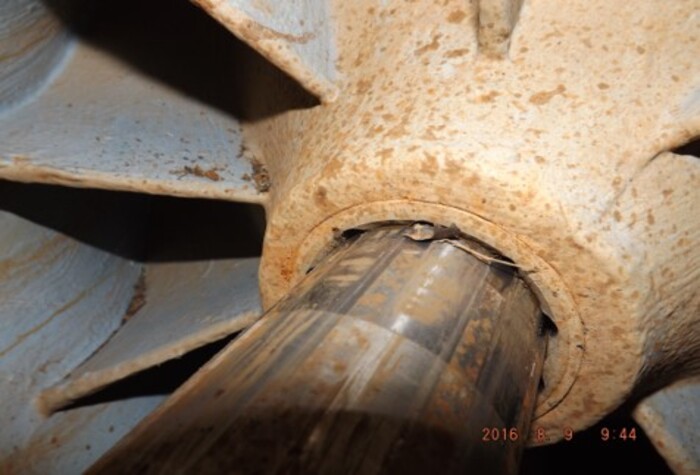
Some of the steel couplings on the line shaft also had to be cut off. HECO prefers to break the couplings loose onsite instead to save time, but even the use of a 48-inch pipe wrench and a come-along could not dislodge the connectors.
As in all situations, HECO quickly adapted to the project needs and circumstances to efficiently balance onsite work with offsite services to preserve the customer’s budget and meet timelines.
Once in the shop, the motor’s stator showed signs of dirt and oil saturation, and areas of the top thrust bearing were found to have microscopic metal contamination as a result of impact from the pump. The stator was washed, dried, and varnished.
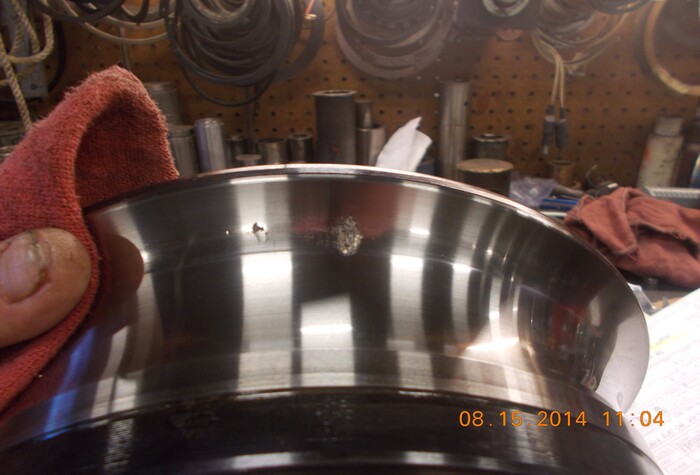
In addition to replacing all worn bearings, wear rings, and couplings, HECO refurbished and recoated many components. The bowls were recoated with a specialized epoxy paint designed for drinking water systems.
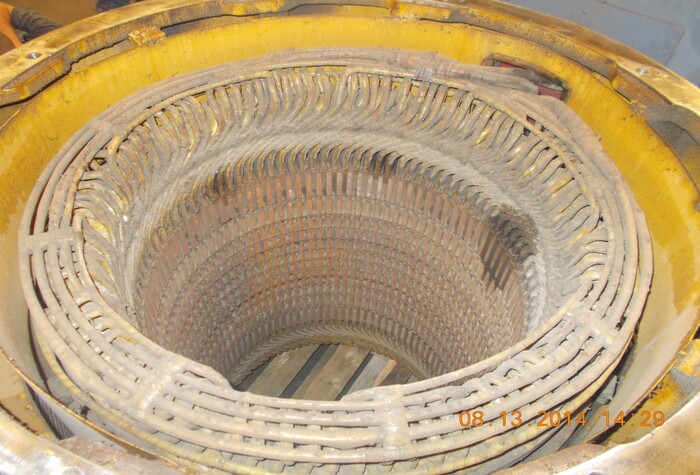
Full voltage, no-load vibration testing was conducted after reconditioning to ensure that the pump was ready to take back to the client.
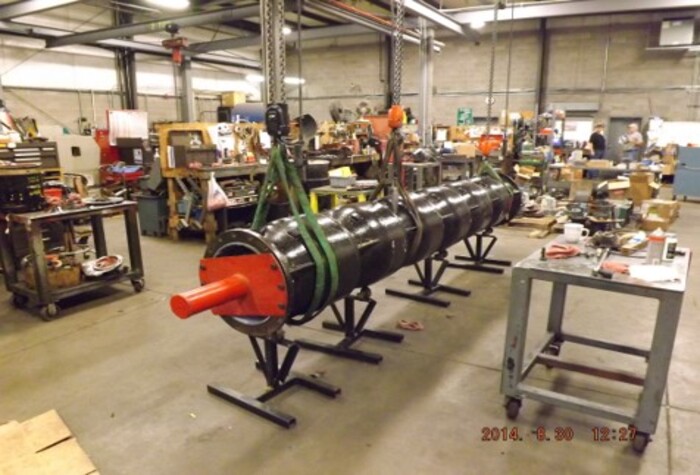
Using the barge at the customer’s site, the reassembled and reconditioned pump and motor were delivered back to the water company for storage as a spare unit.
HECO periodically visits the site to spin the pump and motor shaft to protect the longevity of the bearings. Once in storage, the motor’s heater was energized to keep the windings in good working order until needed.
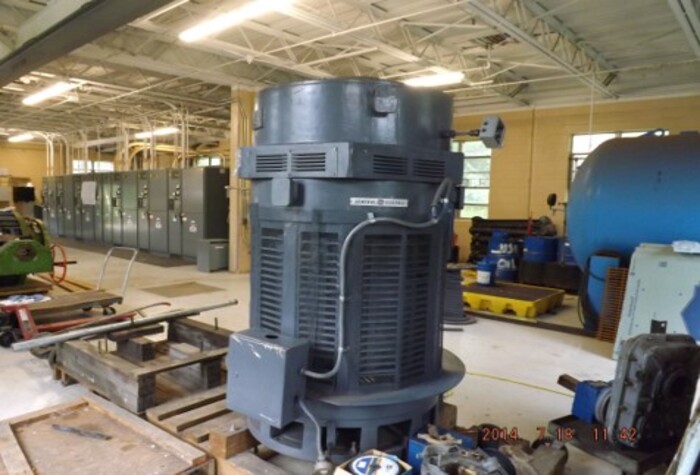
All Systems Go
Keeping customers and their systems at full capacity is our mission.
Since our founding in 1959, HECO has provided expert repairs and predictive maintenance to electric motor systems and rotating equipment in a variety of industries. To learn how we can help your facility run smoothly with dependable motors and equipment, contact us.
Posted in Field Service, Repair
